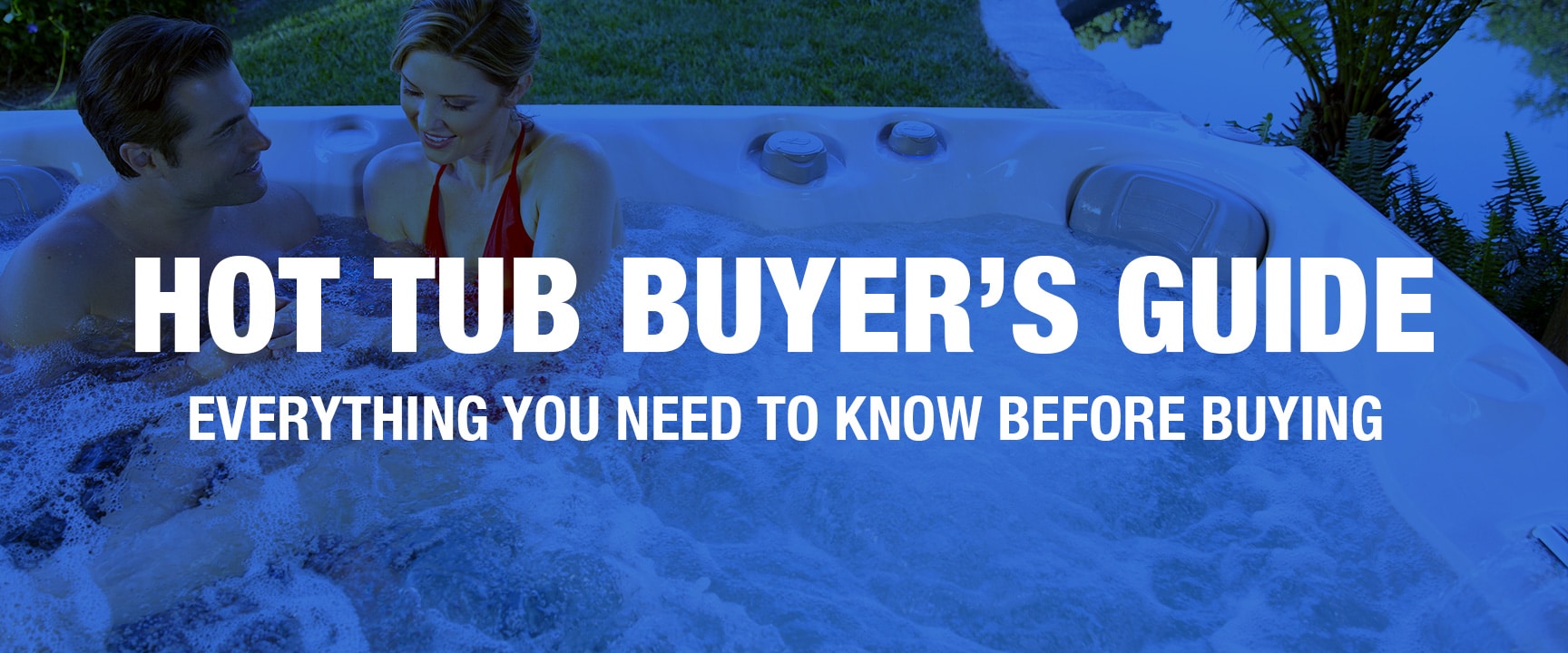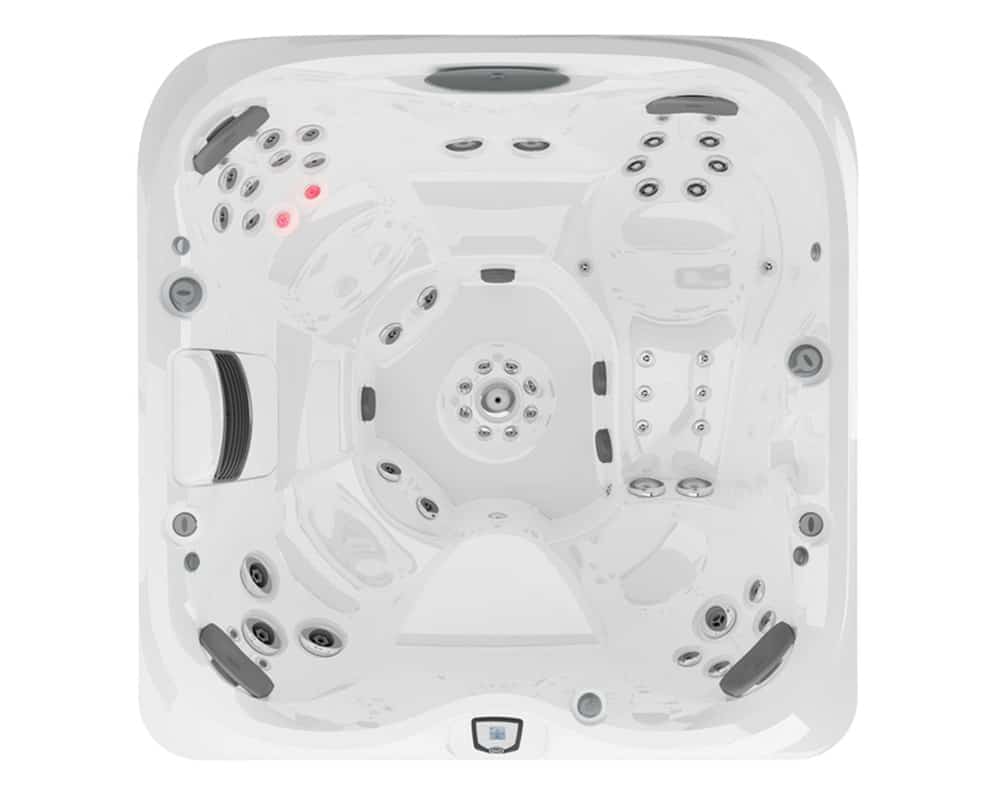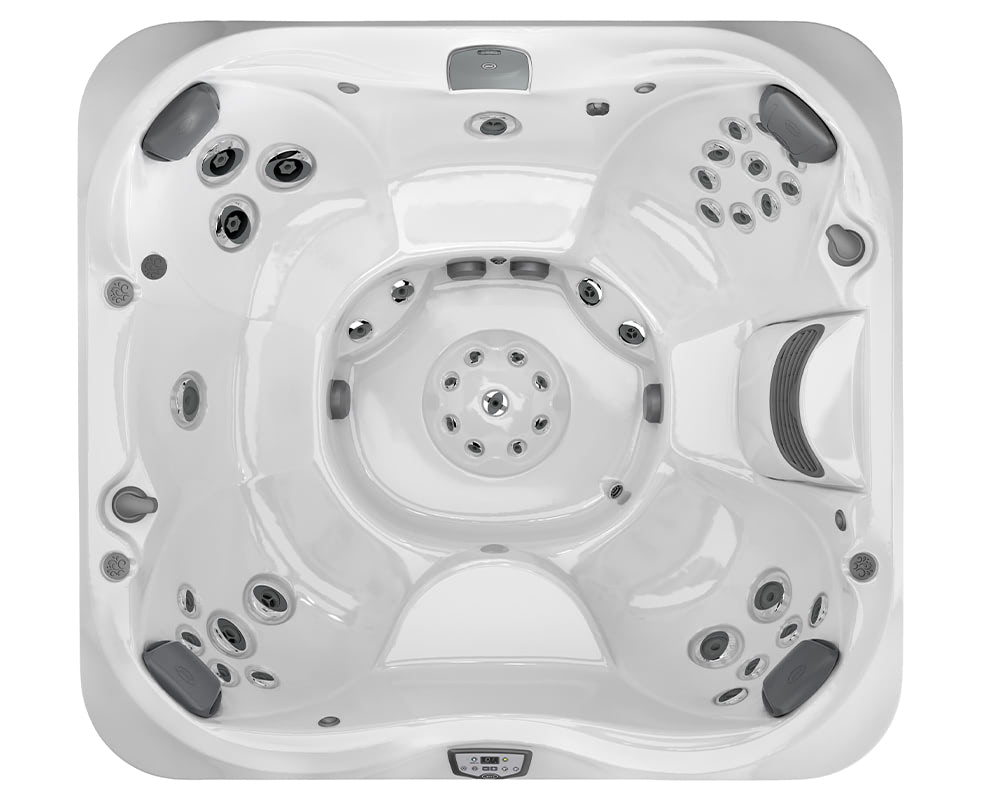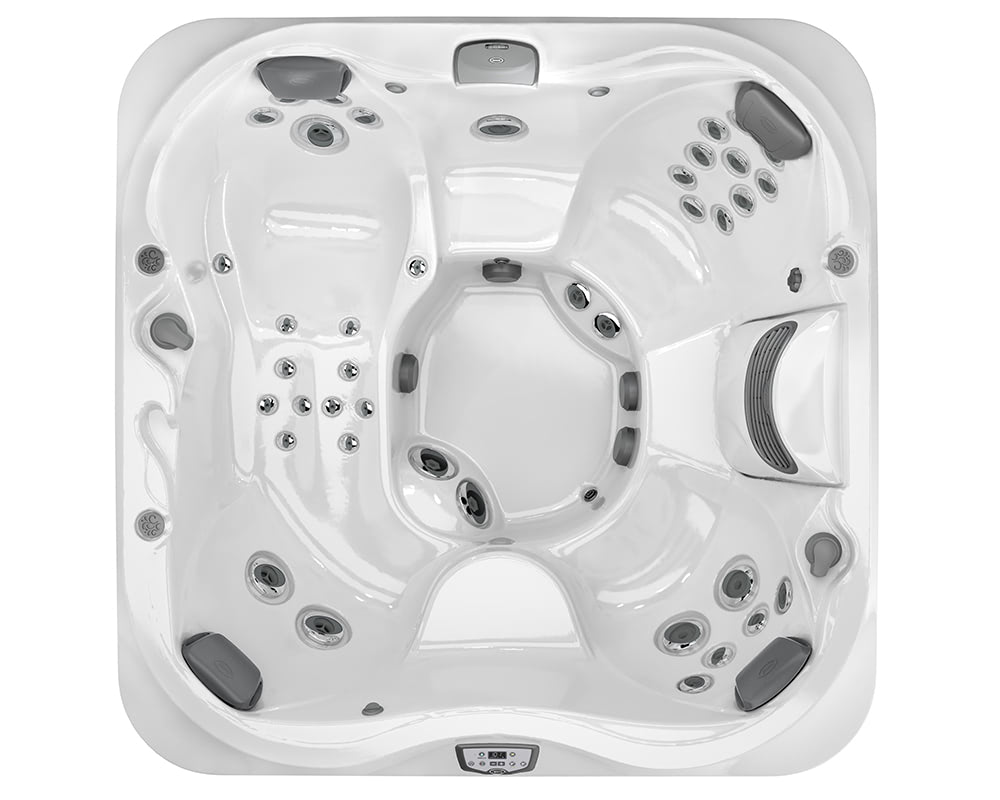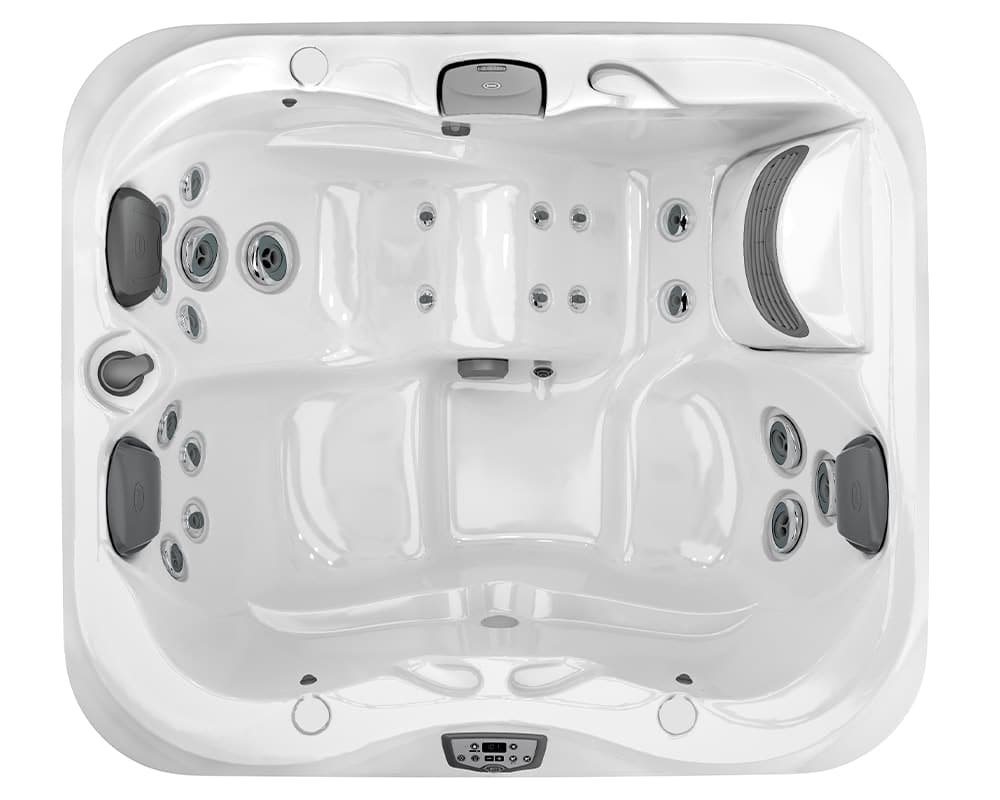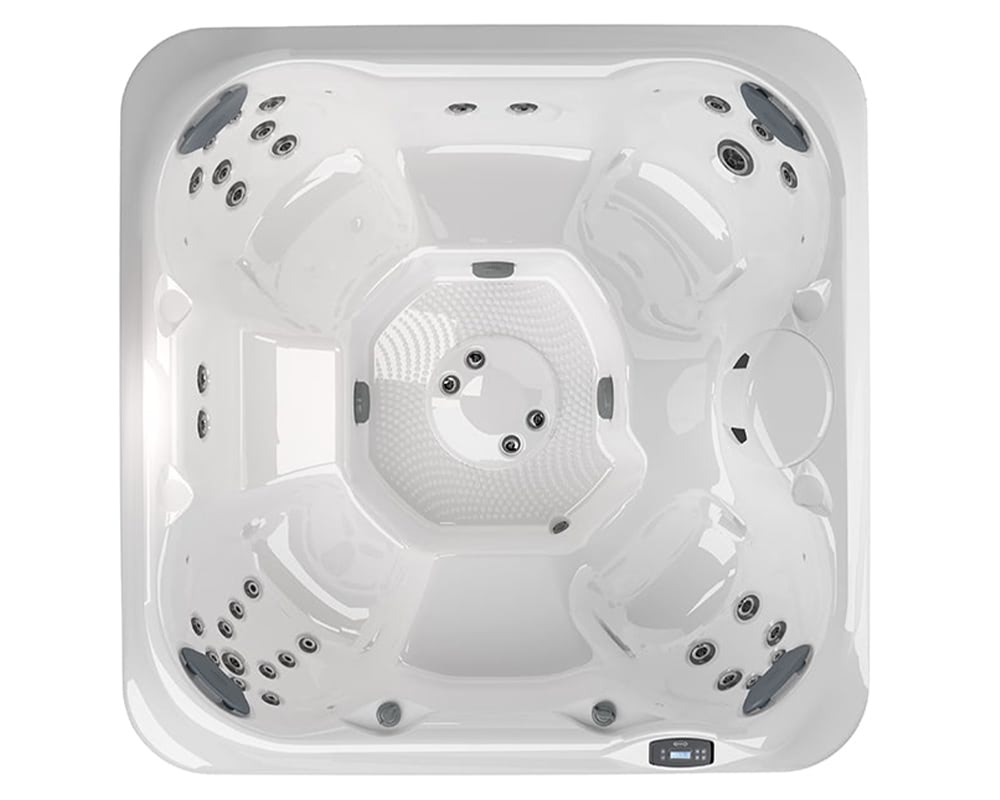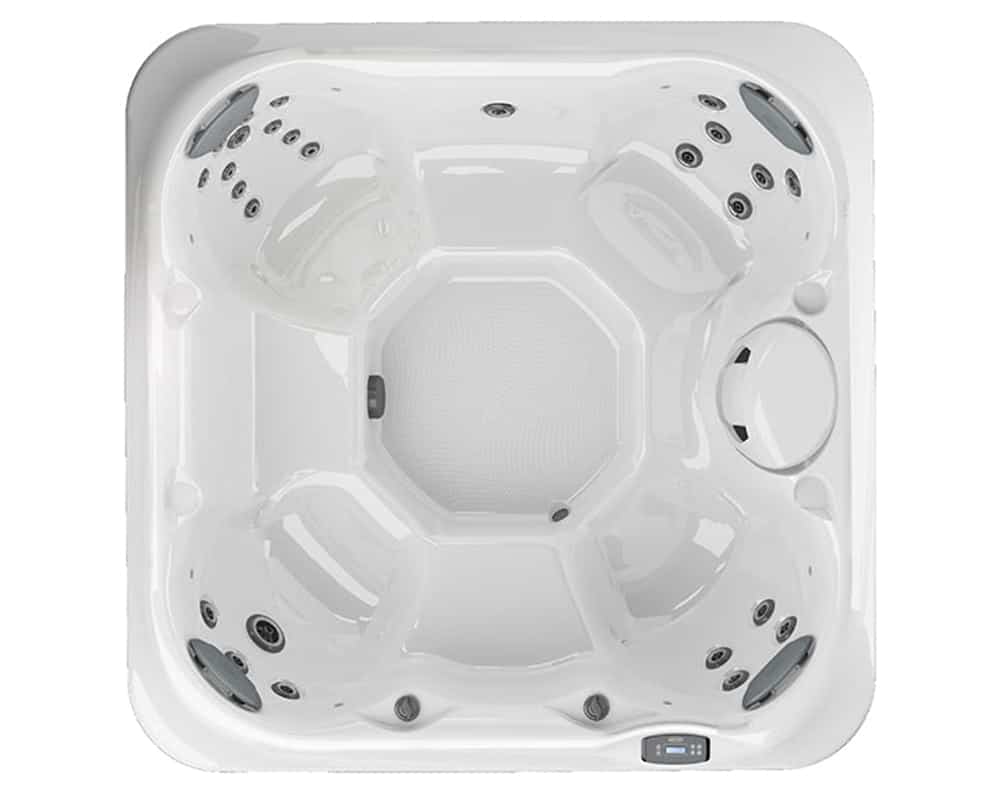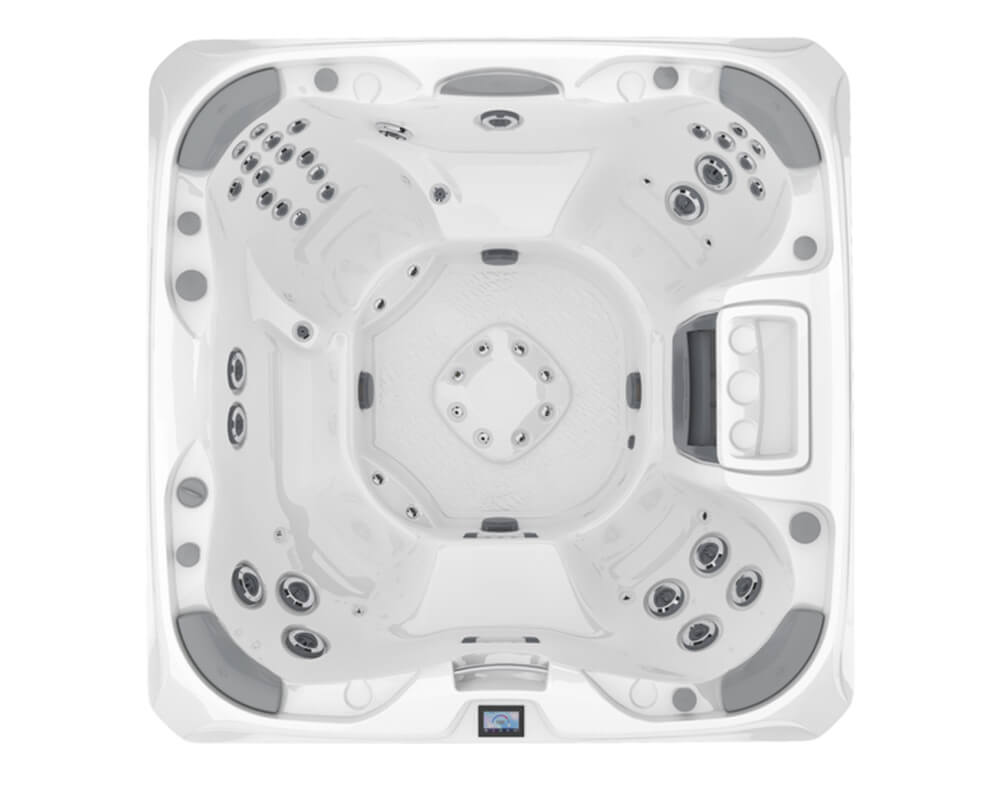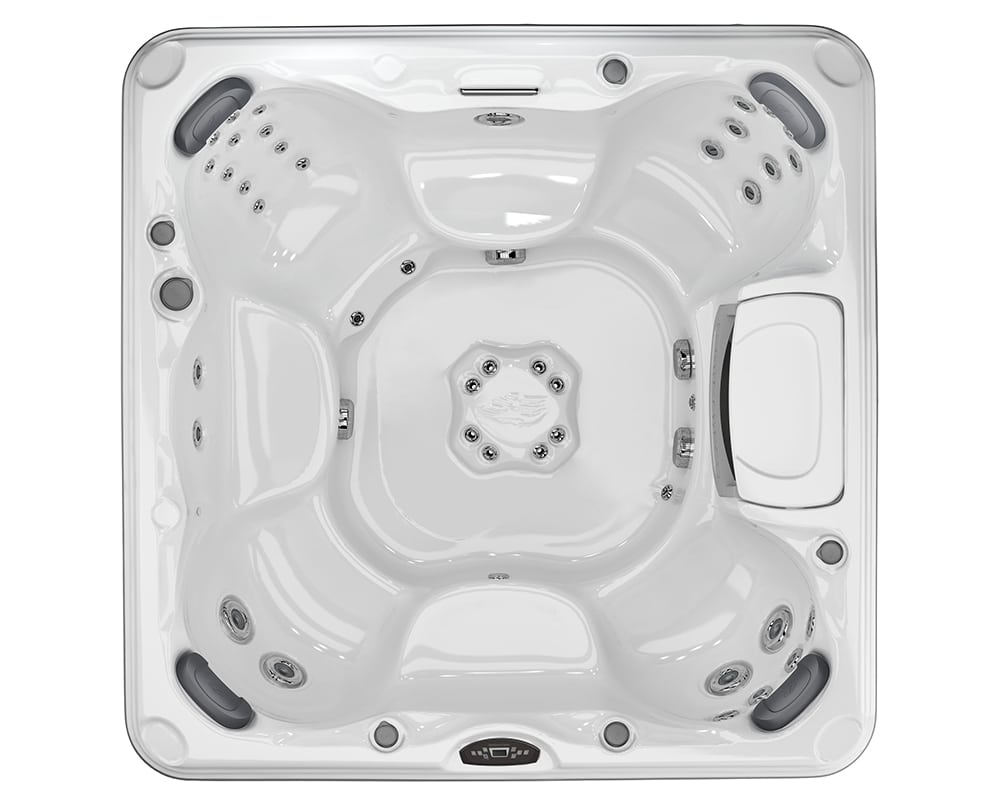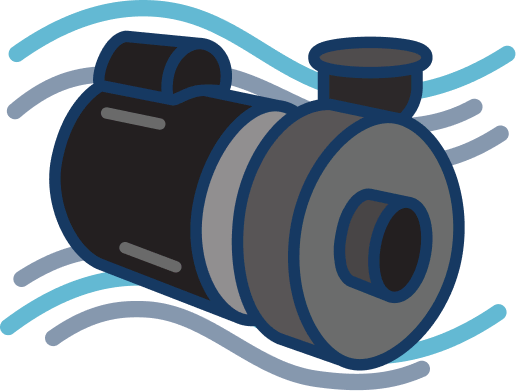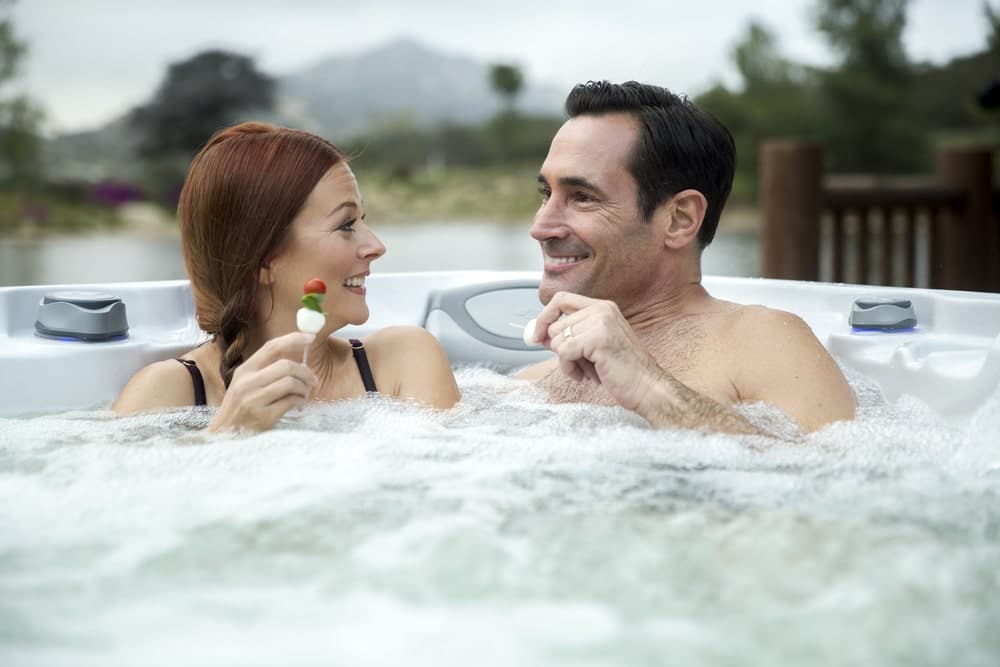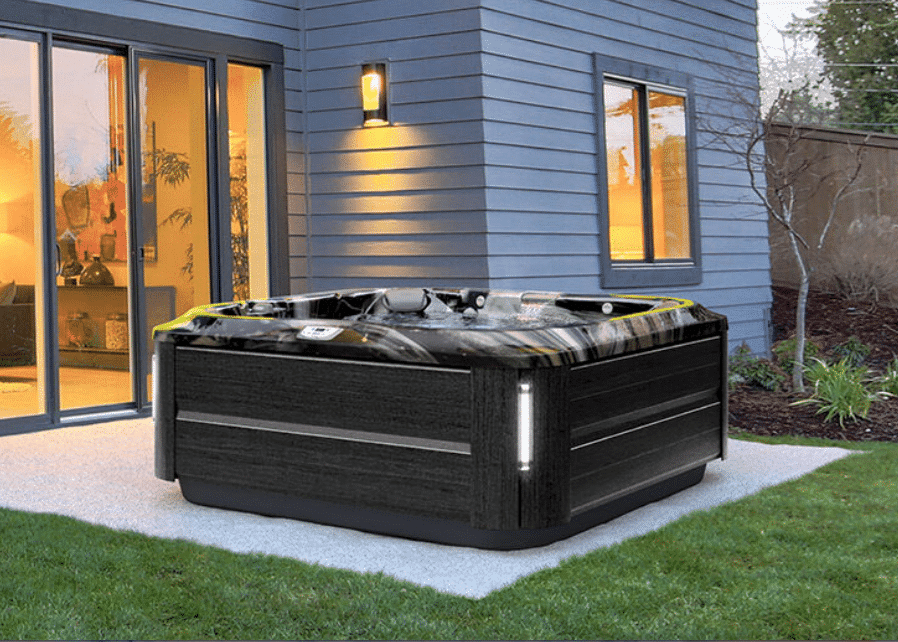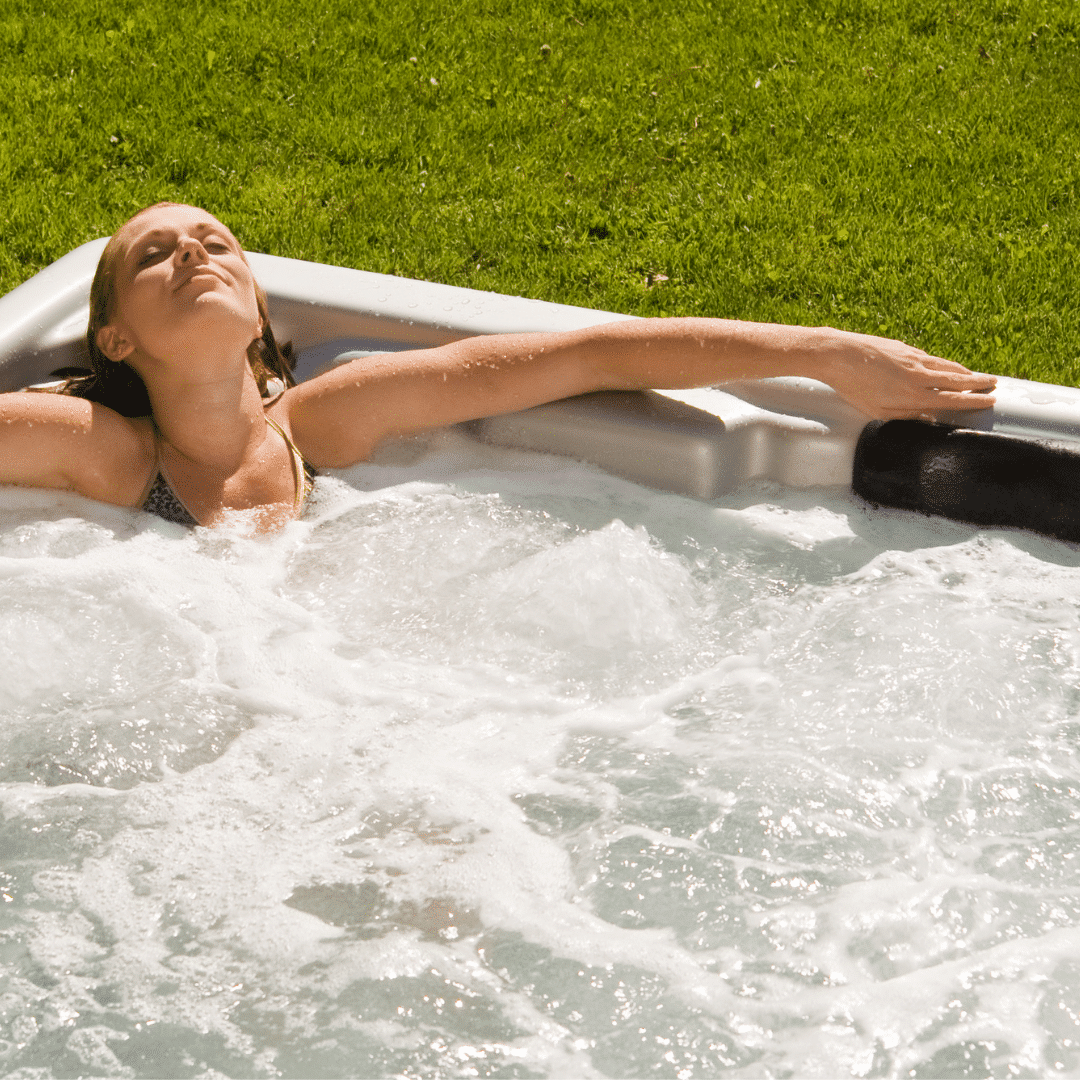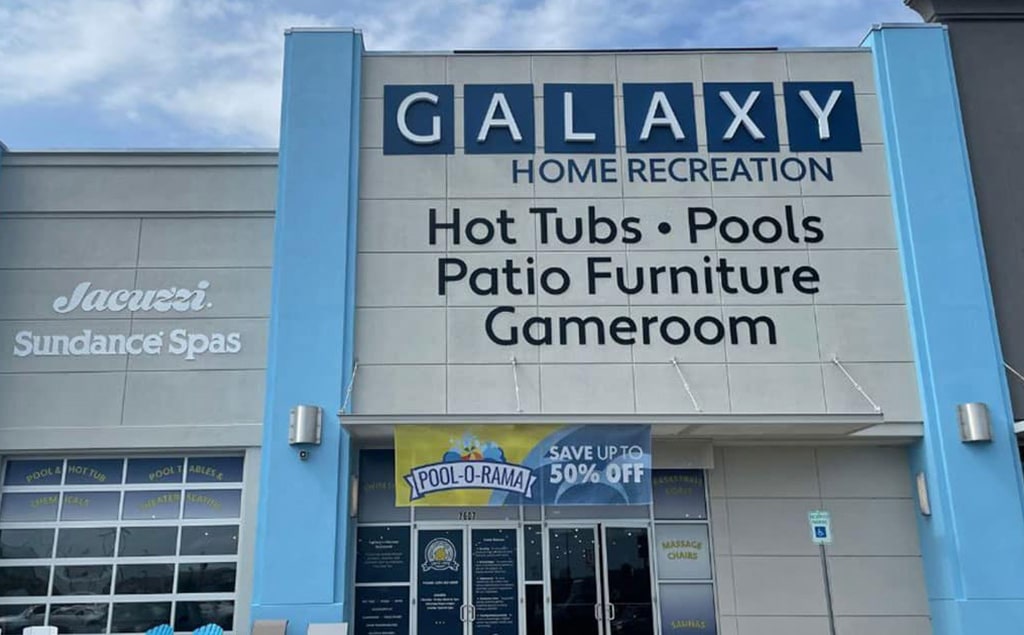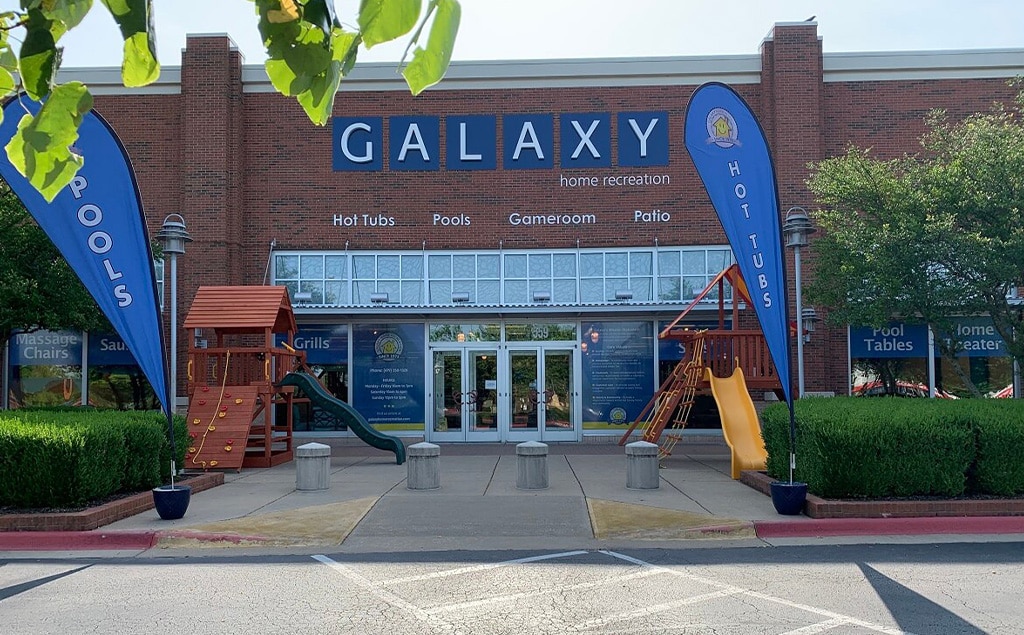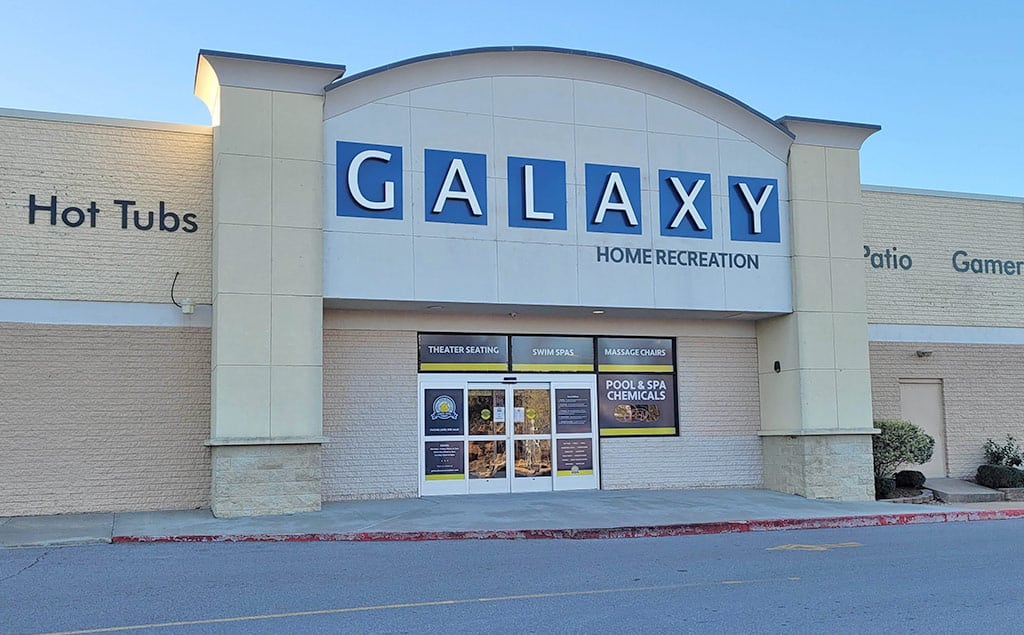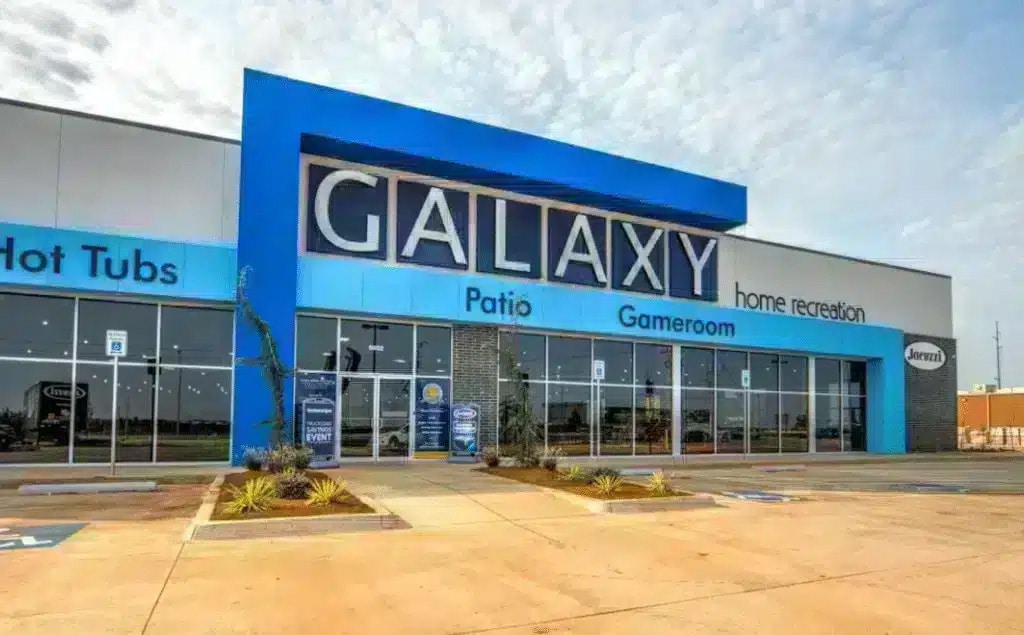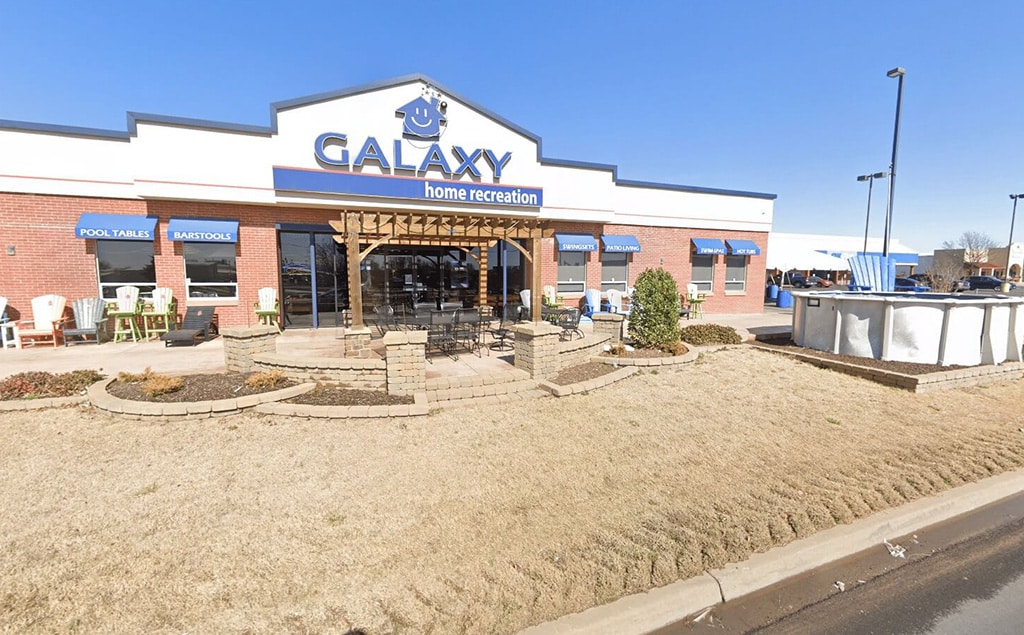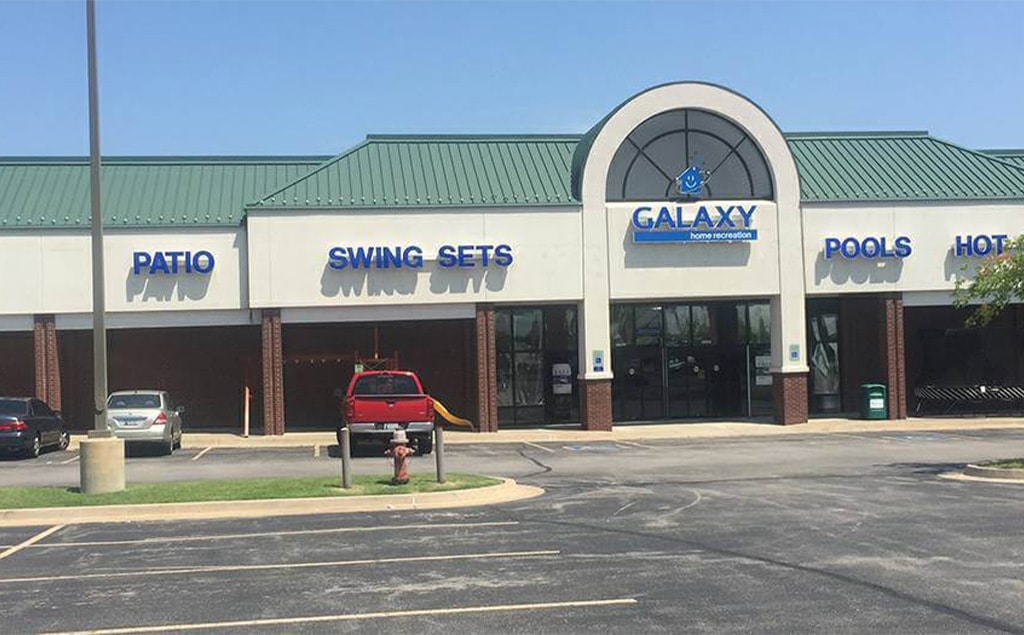Pumps
The role of pumps in a hot tub is crucial, as they are responsible for circulating water through the filter and heater, as well as powering the jets. A top-notch pump is essential for ensuring the hot tub’s jets deliver optimal water pressure, enhancing the overall relaxation and enjoyment of the spa experience. Additionally, pumps significantly influence the energy efficiency of the hot tub, impacting operational costs. It is therefore vital to select a hot tub equipped with a dependable and high-quality pump that ensures efficient water circulation, promoting a safe and delightful spa experience.
Smaller hot tubs are generally equipped with a single pump or dual-speed pump. The hot tub filtrates (cleans) and heats during the low-speed operation. For massage therapy, the user will put it on high speed for maximum performance.
Medium and larger hot tubs are generally equipped with 2 pumps. One pump will control half of the hot tub, and the other pump will control the other half of the hot tub. The first pump may also be 2-speed for filtration and heating. Higher-end hot tubs have massage selectors where you can move the water from one seat to the other seating, increasing the power of hydrotherapy. When only 1 or 2 users are in the hot tub, you can only kick on 1 pump as well.
A popular option is a circulation pump. It can be added on, or on higher-end hot tubs, it will be included. The circulation pump runs independently of the 2 main pumps. Its function is to filtrate (clean) and/or heat the hot tub. The circulation pump is much smaller than one of the main pumps. They range from 1/20 to 1/8 of a horsepower. As a result, it draws significantly lower energy than a main pump to clean and heat the hot tub. The water also moves much slower (35 gallons per minute versus 150 gallons per minute), making it easier for the heating element to heat the water, and for the sanitizing system, if applicable, to sanitize the water. Circulation pumps help ensure that the main hydrotherapy pumps last longer, and the hot tub overall is much more energy efficient.
Hot tub brands love to play the brake horsepower game. Whose pump is bigger? Unfortunately, a bigger pump does not mean a more powerful massage performance. The pumps are made by different companies and have different criteria to “rate” the size of their pumps. The most important method to determining massage performance is to feel the jets.
The other factors to determine performance are plumbing engineering and jet nozzle sizing. Most hot tub companies use 90-degree elbows and plumbing lines for each jet. This reduces the volume of the water by the time it comes out to the jets. Higher-end brands and series will 45 45-degree sweep elbows and a water manifold distribution system to deliver a higher volume of water out of the jets. In addition, larger jet nozzles will fulfill the delivery of that volume, and decrease the pressure compared to smaller jet nozzles, commonly referred to as pin-point jets.

